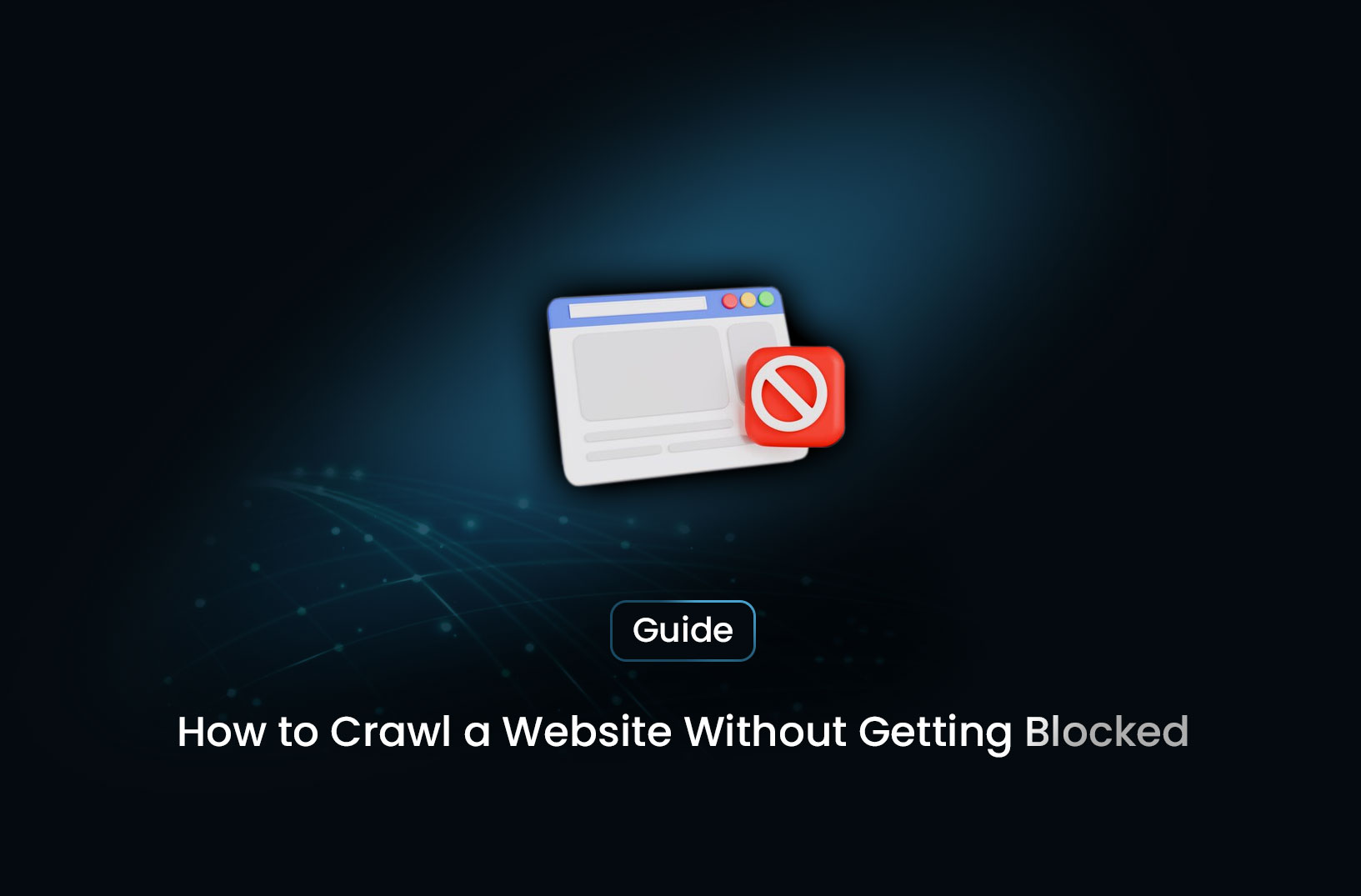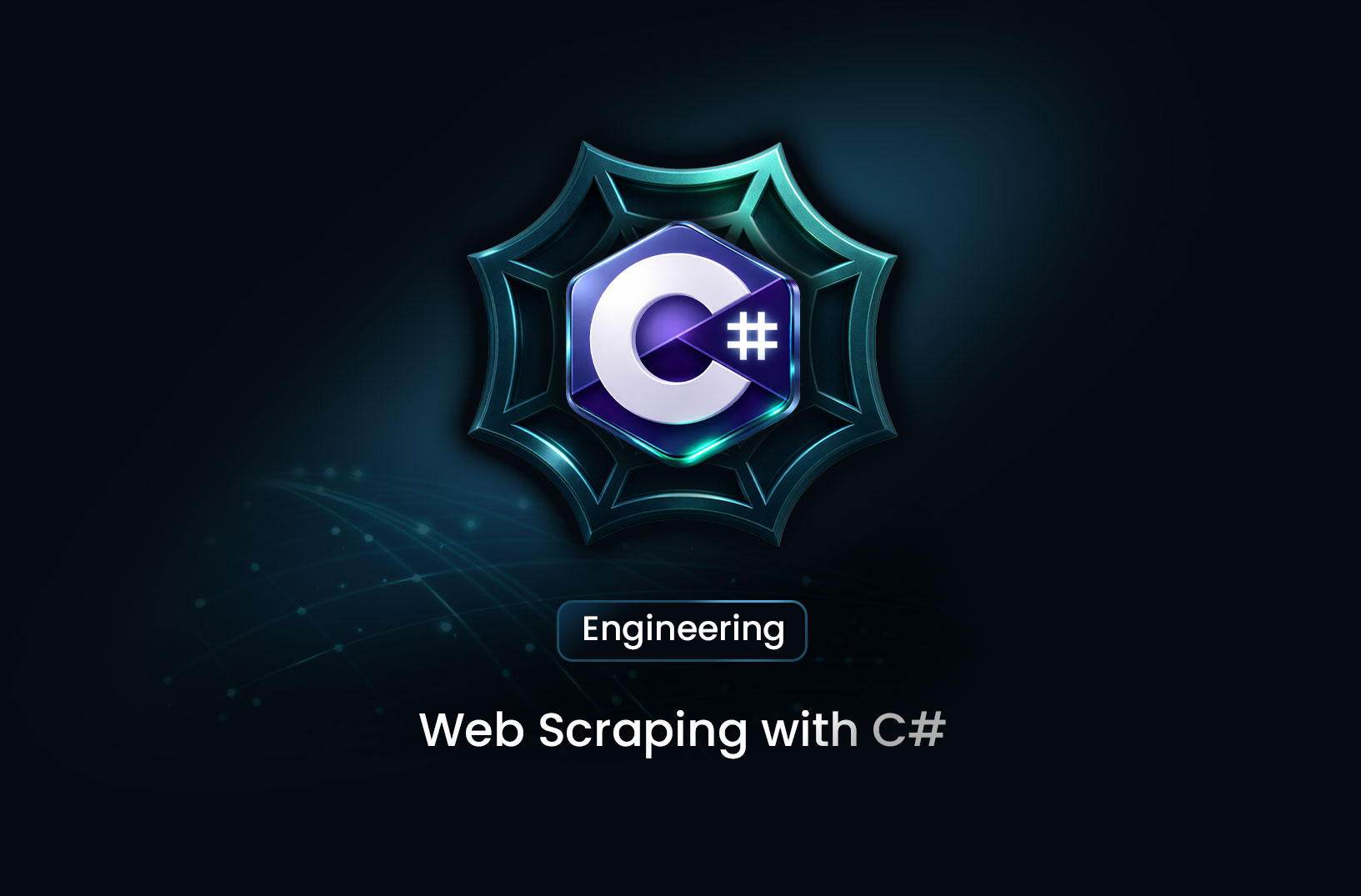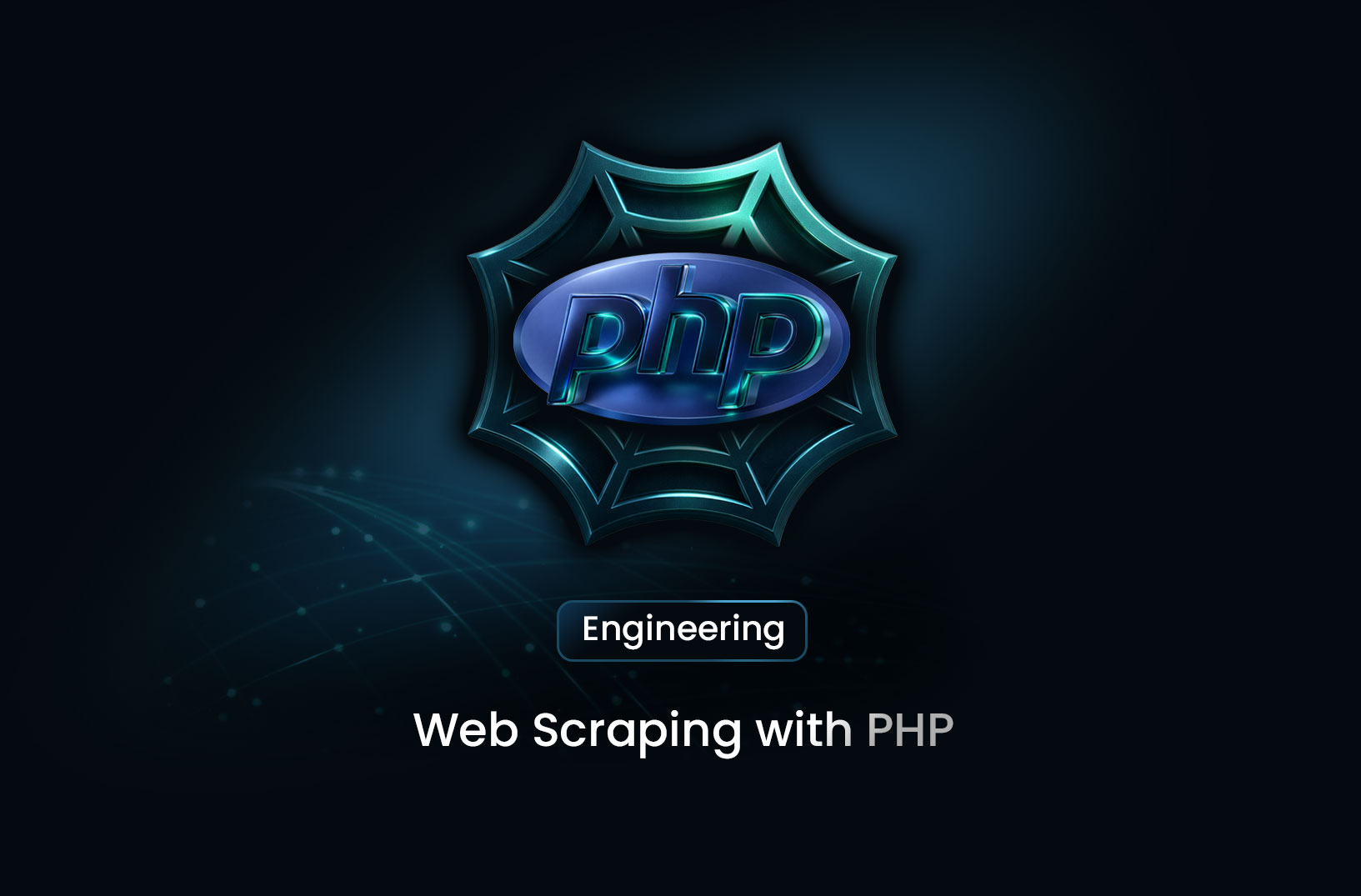
7 Effective Strategies on How to Crawl a Website Without Getting Blocked
ArticleLearn 7 powerful and ethical strategies to crawl websites without getting blocked. Discover techniques like proxy rotation, user-agent spoofing, and more to collect data efficiently and safely.
Crawling websites to gather data has become essential in digital tasks ranging from price monitoring to SEO analysis and market research. But there’s one common hurdle—getting blocked. Many websites have built-in protections that detect bots and limit or deny access.
If you're looking to collect data smoothly, this guide outlines 7 powerful techniques that will help you crawl any site efficiently and ethically.
1. Respect the Website's robots.txt File
Before anything else, check the site's robots.txt. It’s a file that tells crawlers which parts of a website are off-limits.
Ignoring it isn’t just bad form—it can lead to instant IP bans or legal risks.
Always inspect the robots file at:
example.com/robots.txt
2. Rotate Proxies and IPs
Sending multiple requests from a single IP is one of the quickest ways to get blocked. By rotating proxies (especially residential proxies), your crawler behaves more like real users from diverse locations.
Proxy rotation makes each request appear unique, and if you're targeting geo-specific data, rotating by location is a major bonus.
For advanced control, use a proxy management tool like MrScraper’s built-in proxy support.
3. Change User-Agent Strings and Headers
Bots often leave the same browser signature behind. To avoid detection, update your crawler’s headers regularly—especially the User-Agent.
Consider randomizing other headers too, like:
Accept-LanguageRefererConnection
The goal is to make each request look like it’s coming from a different person and device.
4. Add Human-Like Delays
A bot that sends hundreds of requests in seconds stands out like a sore thumb.
Add randomized sleep intervals between requests to simulate how a human would browse—this significantly reduces the chance of triggering rate-limiting systems.
Example: Add a 3 to 8 second delay between actions.
5. Use Headless Browsers for Dynamic Sites
Many modern websites rely on JavaScript to render data—traditional scrapers might miss this content.
Headless browsers like Puppeteer or Playwright let you interact with the page like a real browser. They can click buttons, wait for content to load, and even bypass simple bot checks.
6. Steer Clear of Honeypots
Some sites place invisible elements or hidden links designed to catch bots. These traps don’t appear to normal users but can be easily triggered by careless crawlers.
Use libraries or code logic to detect hidden elements and avoid them entirely.
7. Handle CAPTCHAs Intelligently
If a site detects bot-like behavior, it might throw a CAPTCHA your way.
While solving CAPTCHAs manually or through third-party solvers is an option, the better approach is to avoid triggering them in the first place—by combining the methods above.
Conclusion
Learning how to safely extract data from a site without being blocked is a valuable skill—especially for businesses that rely on accurate and timely insights.
Whether you're just starting or scaling up, these 7 techniques will help you crawl smarter, not harder.
Need a head start? Platforms like MrScraper handle proxy rotation, stealth scraping, and error handling—so you can focus on the data, not the defenses.
Find more insights here

Web Scraping with C#: A Comprehensive Guide for Developers
A practical guide to web scraping with C# and .NET, covering HttpClient, HtmlAgilityPack, data extra...

Web Scraping with PHP: A Developer’s Guide
Learn how to do web scraping with PHP using cURL, DOMDocument, Guzzle, and DOMCrawler. This beginner...

Web Scraping with Node.js: A Practical Developer Guide
Learn how to scrape websites using Node.js with practical examples. This guide covers Axios, Cheerio...
